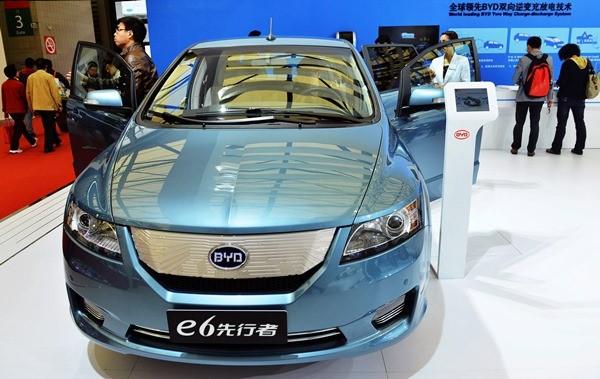The sales of pure electric vehicles and plug-in hybrids in China rose by a whopping 320 percent, or 74,763 units, in 2014 as ample government subsidies promoted demand.
During its first nine months on sale in the Chinese market, a total of 38,164 new energy cars were sold, which is 2.8 times more in terms of volume compared to the same period in 2013, according to the China Association of Automobile Manufacturers (CAAM).
Automobile manufacturers sold a total of 45,048 electric vehicles, which is up by as much as 210 percent from 2013. Plug-in hybrid deliveries reached 29,715 units in sales, almost nine times the number sold in 2013, based on a report by the CAAM.
The vehicles that qualify for government subsidies are electric vehicles, plug-in hybrids and fuel-cell-powered cars. No fuel-cell vehicles were sold the previous year though.
The central Chinese government began circling back its subsidies for electric vehicles and the plug-in hybrids to combat air pollution.
In 2014, the amount of the maximum sales incentive for an electric vehicle was 57,000 yuan ($9,200), while plug-in hybrids are qualified for up to 33,250 yuan of subsidy.
In 2015, electric vehicle subsidies can range up to 56,000 yuan and a plug-in hybrid buyer can get as much as 31,500 yuan.
China has distributed a set of measures that encourages the utilization of new energy vehicles in its call to conserve energy and deal with pollution. These measures include tax exemptions, subsidies for purchases of vehicles, and the requirement for government organs to buy more new energy cars.
For the years 2016 up to 2020, the Chinese government will continue its efforts to gradually reduce subsidies, according from the draft rules released this month.




























